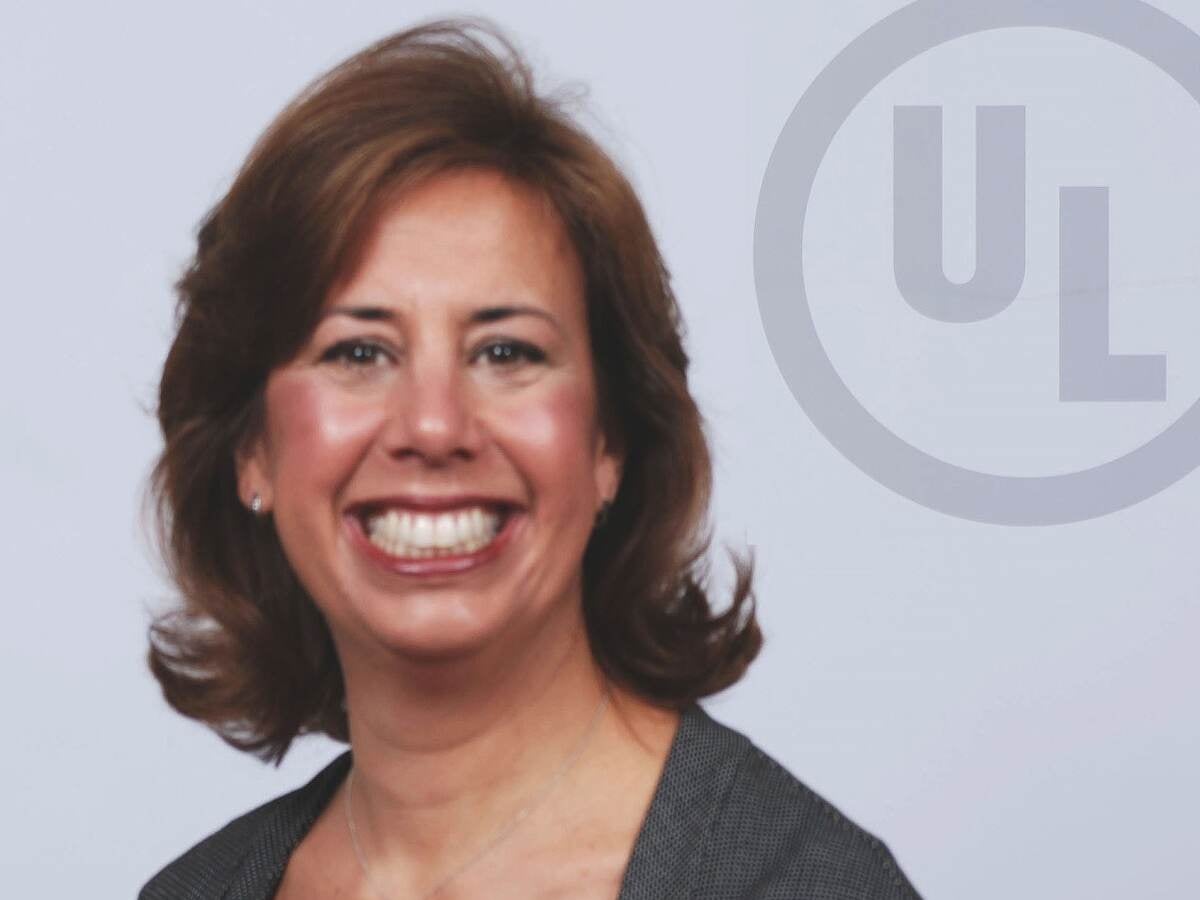April 9, 2019
In the 1800s and early 1900s, disasters caused by fire and electrical hazards were common. The public wasn’t well protected, and safety organizations didn’t exist. That is, until William Henry Merrill, Jr. founded UL in 1894.
March 24 marked UL’s 125th anniversary of working for a safer, more secure and sustainable world. UL’s Vice President of Corporate Sustainability Barbara Guthrie shared her thoughts about UL’s legacy and future.
UL: What are some things that haven’t changed about UL since it was founded?
Barbara Guthrie: How we approach safety concerns. The underlining question which William Henry Merrill, Jr. asked when considering the hazard of fire involved exploring if fire is to be our servant or our master. His resolve is now a part of our company motto: “Ignis servus non dominus,” or “Fire as servant, not master.” UL approaches unknowns with a safety science lens. We look to define, dissect, analyze, understand and predict our actions as we work for a safer, more secure and sustainable world. So with each new, evolving or emerging safety concern — is it our servant or master? For a hazard or risk to be master, we must permit it to be so. For the same concern/hazard or risk to be our servant, we must take control and manage it to work for us, for public safety.
UL: How do the safety concerns of today differ from those of the past?
BG: We have certainly broadened our definition of safety over the past 125 years; and in that broadening, we too have expanded our responsibility and obligation to address more aspects of safety in fulfillment of our mission. Although we continue to address electrical, fire and mechanical safety hazards which generally result in acute injuries like burns, electric shock or skin lacerations, we also look to address chronic injuries and illnesses resulting from poor air quality, exposure to toxic chemicals, water contamination as well as new safety concerns brought about by technological advancements in wireless, interconnectivity and the world of cybersecurity that puts our personal safety, identity, medical and financial records, etc., at risk.
UL: What is the most significant safety concern presently?
BG: One of today’s biggest safety concerns is complexity. And we do not have the luxury and convenience of time as we must act now and talk about these already evolved and emerging, safety concerns.
UL: What are the biggest safety concerns of the future?
BG: Issues related to human health, including acute and chronic conditions such as diabetes, cancer, malnutrition and obesity; our ability to effectively master and manage machine learning, artificial intelligence (AI) and robotics; and all things cyber. The controls — or lack thereof — of someone’s ability, and unfortunate desire, to tap into another’s identity, medical records, financial accounts, and all matters private or digitally controlled is by far an unimaginable threat we are just beginning to understand and address.
UL: How has UL grown as a company?
BG: I believe we’ve grown in depth, reach and impact. We have matured our competencies and expertise. We have increased in footprint, geographies of operation and physical mass. And we have grown in the positive impact we make to our planet, its people and prosperity as we continue working for a safer, more secure and sustainable world.
UL: What does the future hold for UL?
BG: More opportunities to live our mission — making the world safer, more secure and sustainable.

